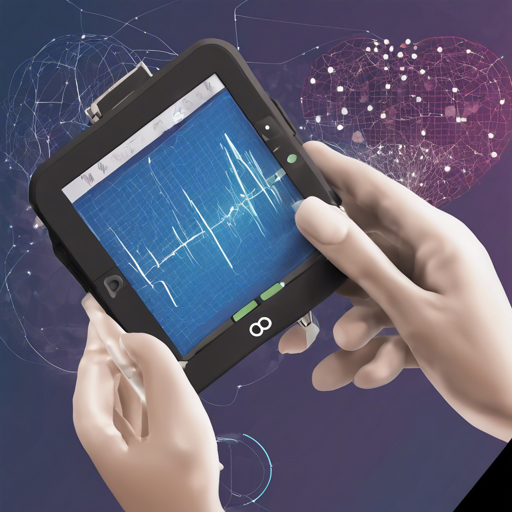In a world increasingly reliant on technology for health monitoring, the Multi-Task Temporal Shift Attention Networks (MTTS-CAN) framework emerges as an innovative solution for measuring vital signs without the need for direct contact. This blog will guide you through the process of utilizing MTTS-CAN for contactless vital sign measurement, from setup to troubleshooting.
Understanding MTTS-CAN
Imagine MTTS-CAN as a clever friend who can count your heartbeats and breaths just by watching you. Instead of using complicated machinery or physical contact, this friend can analyze patterns in your movement through video data, leveraging advanced algorithms that shift attention across various time frames. This ability to observe and analyze in real-time is akin to a skilled photographer who captures the decisive moment—always ready to click when the action is just right.
Setting Up the Environment
Before using MTTS-CAN, you’ll need to set up your development environment. Here’s a simple checklist:
- Install Python (versions 3.6 to 3.8 are recommended).
- Create a new conda environment:
conda create -n tf-gpu tensorflow-gpu cudatoolkit=10.1conda activate tf-gpupip install opencv-python scipy numpy matplotlibTraining the Model
To train your model, you will need a dataset. Ensure that you have your dataset ready in a directory. Here’s how to initiate training:
python train.py --exp_name test --data_dir [DATASET_PATH] --temporal [e.g., MMTS_CAN]Running Inference
Once your model is trained, you can use it to make predictions on video data. Here are the steps to run an inference:
python predict_vitals.py --video_path [VIDEO_PATH]Make sure your video is prepared properly; both the content and format play essential roles in obtaining accurate results.
Troubleshooting Common Issues
If you encounter issues while setting up or using MTTS-CAN, here are some troubleshooting tips:
- Ensure Compatibility: Check if your TensorFlow version is compatible (2.2-2.4 is required).
- Video Orientation: The program requires video to be in portrait orientation. If your video isn’t, you might need to comment out line 30 (which handles rotation) in
inference_preprocess.py. - OpenCV Installation: If
pip install opencv-pythonfails, try:
conda install -c menpo opencv -yFor more insights, updates, or to collaborate on AI development projects, stay connected with fxis.ai.
Final Thoughts
With MTTS-CAN, remote health measurement becomes a more accessible reality. This framework paves the way for improved telehealth solutions, ensuring vital sign measurement can be achieved without physical contact, vital during times of health crises. At fxis.ai, we believe that such advancements are crucial for the future of AI, as they enable more comprehensive and effective solutions. Our team is continually exploring new methodologies to push the envelope in artificial intelligence, ensuring that our clients benefit from the latest technological innovations.
Additional Resources
For a deeper dive into the workings of MTTS-CAN, refer to the paper: Multi-Task Temporal Shift Attention Networks for On-Device Contactless Vitals Measurement.
For a practical demonstration, feel free to try out the live demo here.

